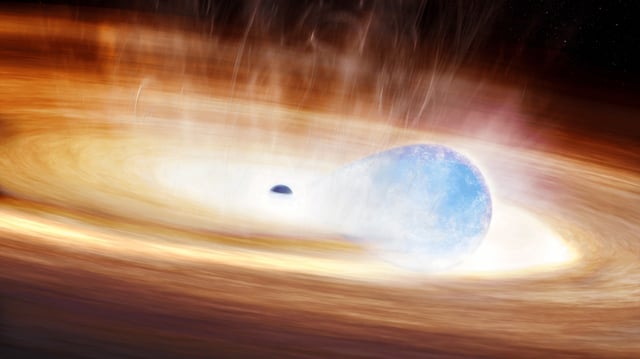Overview
- A CfA/MIT-led team published a study in The Astrophysical Journal on August 13, 2025, presenting evidence that SN 2023zkd was ignited by a close encounter between a massive star and a stellar-mass black hole.
- Detailed photometry and spectroscopy reveal an initial supernova peak followed by a re-brightening about 240 days later, underpinned by four years of pre-explosion brightening traced in archival data.
- Automated AI anomaly detection by the Zwicky Transient Facility’s pipeline triggered rapid, multiwavelength follow-up across ground- and space-based observatories, capturing the event’s full evolution.
- The team outlines two plausible detonation pathways—instability-driven collapse from black hole engulfment or tidal disruption of the star—both culminating in a single, larger black hole.
- Researchers anticipate that upcoming AI-enabled surveys such as the Vera C. Rubin Observatory will uncover more black hole–triggered supernovae to validate this potential new class of stellar explosions.
